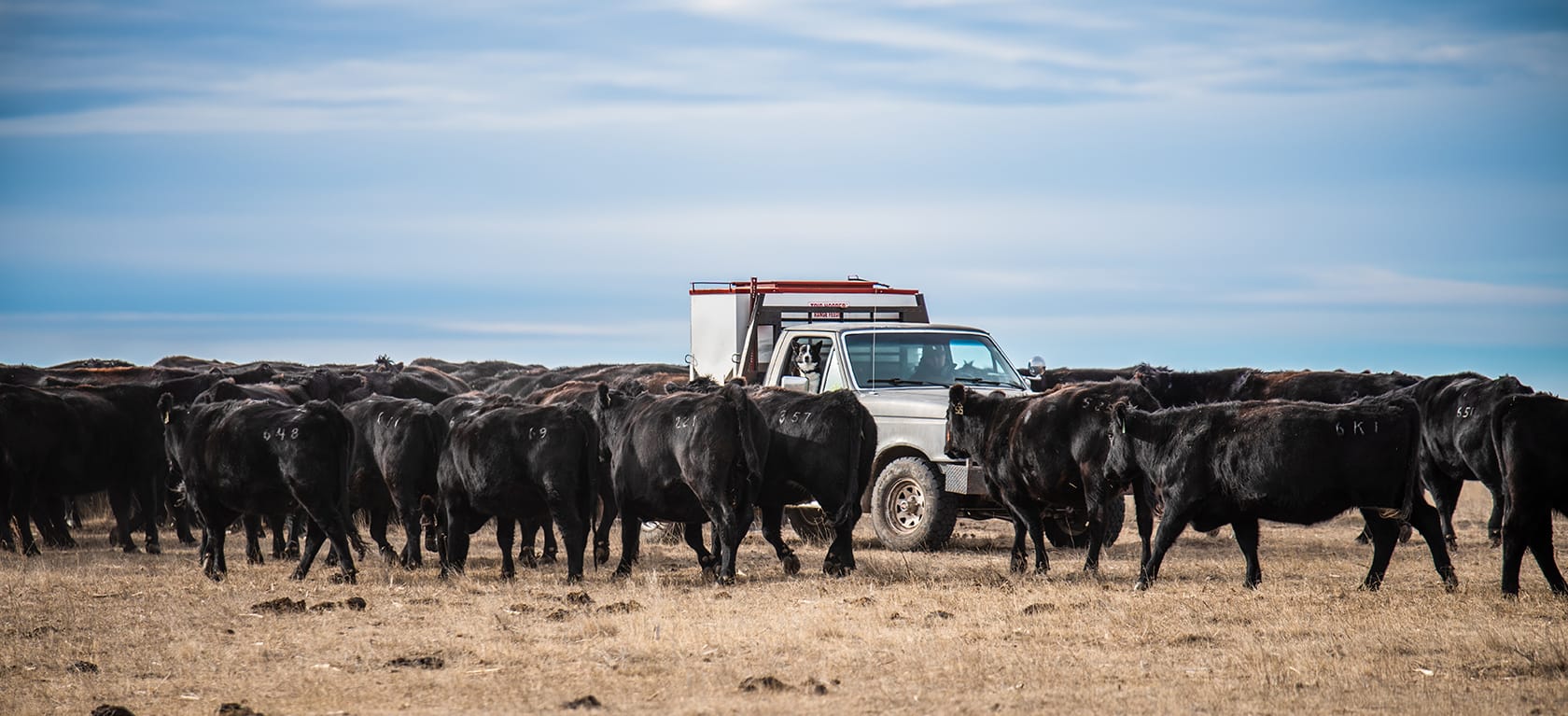 The Beef Checkoff works to build consumer confidence at every stage of beef production. These investments help drive demand for beef, and are all part of a comprehensive strategy focused on safety, quality, animal welfare, antibiotic stewardship and consumer education.
The Beef Checkoff works to build consumer confidence at every stage of beef production. These investments help drive demand for beef, and are all part of a comprehensive strategy focused on safety, quality, animal welfare, antibiotic stewardship and consumer education.
“When consumers understand the level of care that goes into the production of their beef, they feel better about enjoying it,” says Joan Ruskamp, Cattlemen’s Beef Board.
With the U.S. becoming a more health-conscious society, it is important the beef industry is dedicating resources to educate consumers on the benefits beef provides in order to maintain healthy diet.

“Research study after research study show that you can eat beef, even every day, and lower your cholesterol,” says Shalene McNeill, executive director of Nutrition & Health, National Cattlemen’s Beef Association.
Researchers recommend that individuals consume 25g of protein at each meal, which is roughly 3 ounces of beef. When compared to other proteins, beef provides consumers with more high-quality protein and fewer calories.
Because of growing misconceptions of beef’s nutritional value and a growing trend for more plant-based proteins, the Beef Checkoff is working with nutritional leaders to educate consumers on the health benefits of eating beef in order to grow consumer confidence and drive demand.





 Kevin says that with over 100 miles of roads on the ranch, the drone saves them a lot time and energy that would be taken up in driving down those roads.
Kevin says that with over 100 miles of roads on the ranch, the drone saves them a lot time and energy that would be taken up in driving down those roads.






